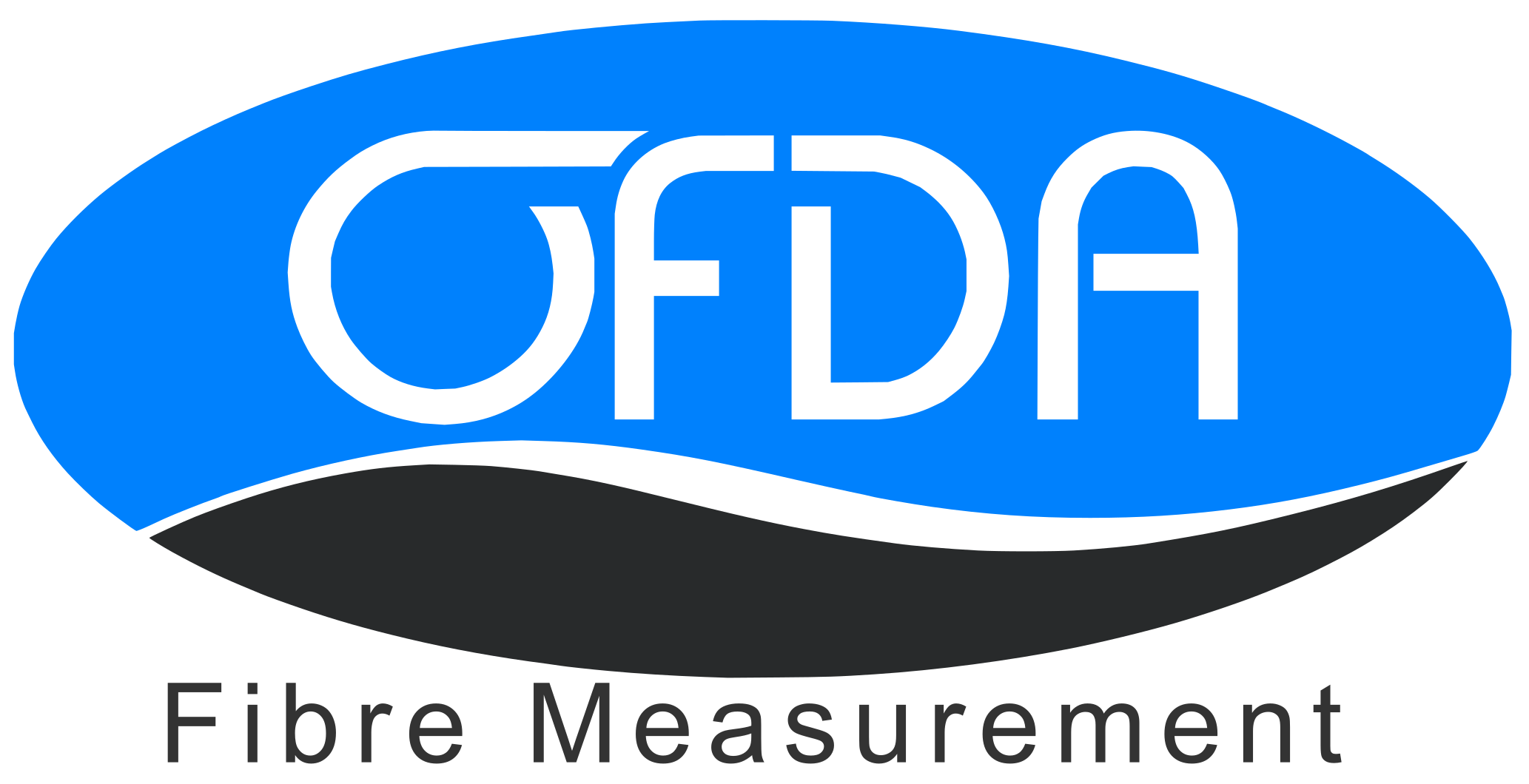What Is a Textile? A Modern Definition
- Thomas Hegerty
- Apr 30
- 3 min read
At its simplest, a textile is any flexible material made from fibres, yarns or filaments that have been interlaced, knitted, felted or bonded. From a Merino jumper to an aircraft carbon‑fibre panel, textiles surround us every day. Understanding what a textile is means understanding how tiny strands become functional fabrics—and why fibre measurement matters.
From Raw Fleece to Finished Fabric: The Wool Textile Journey
Australia’s Merino wool is renowned worldwide for its fineness and warmth‑without‑weight. But how does greasy fleece transform into a refined textile?
Shearing & Skirting – Sheep are shorn annually; low‑grade edges are removed.
Scouring – Wool is washed to eliminate lanolin and vegetable matter.
Carding & Combing – Fibres are straightened and aligned into slivers.
Spinning – Slivers become yarn of specific counts.
Weaving or Knitting – Yarns turn into fabric structures.
Finishing – Processes such as fulling, dyeing, and pressing create the final handle.
At each step, fibre diameter, length and crimp dictate softness, strength and final price. That is where Optical‑based Fibre Diameter Analyser (OFDA) technology comes in.
Why Accurate Fibre Data Is Critical for “Textile” Quality
Quality Attribute | Fibre Metric (OFDA) | Result for End-user |
Soft Handle | Low micron + low SD | No itch, premium feel |
Durability | Uniform diameter | Fewer weak spots, longer life |
Drape & Resilience | Balanced crimp | Garments hold shape |
Sustainability | Precise grading | Less waste, lower energy use |
Simply put, what a textile becomes is determined by how well the fibres are measured.
How OFDA Precision Measures Wool Textiles
1. What OFDA Does
The OFDA system uses high‑resolution optics and image analysis to measure tens of thousands of individual fibres in seconds. Key outputs include:
Micron Diameter – The average width of fibres; lower values mean softer textiles.
Diameter Profile Along the Staple – Reveals variation that can cause pilling or weak spots.
Staple Length – Essential for spinning efficiency and yarn strength.
Curvature (Crimp) – Influences elasticity and insulation.
2. Why It Matters for Wool Textiles
Grading Accuracy – Producers get paid fairly for finer fleeces.
Process Optimisation – Mills adjust carding and spinning settings in real‑time.
Consistent Quality – Brands deliver predictable softness and durability to consumers.
Sustainability – Minimising off‑spec batches reduces waste and energy use.
3. Portable Greasy‑Wool Advantage
Unlike lab‑bound tests, OFDA2000 operates ringside at the shearing shed, analysing greasy wool immediately. That means quicker classing decisions and better clip preparation long before the bales reach a scour.
Beyond Wool: Textiles in the 21st Century
While wool remains a flagship Australian textile, modern fabrics now draw on a diverse fibre palette:
Textile Category | Typical Fibres | Key Properties |
Plant‑based | Cotton, linen, hemp, bamboo | Breathable, renewable |
Animal‑based | Wool, cashmere, alpaca, silk | Thermal regulation, luxury feel |
Synthetic | Polyester, nylon, elastane | Strength, stretch, performance |
Regenerated | Viscose, lyocell | Soft, closed‑loop production |
Regardless of origin, fibre diameter is still a primary quality metric. OFDA technology, initially perfected for wool, is now applied to plant and man‑made cellulosic fibres, delivering the same micron‑level precision across the textile spectrum.
What Is a Textile—Revisited
So, what is a textile in today’s context? It’s more than woven threads. It’s a data‑driven material whose journey is mapped in microns, length distributions, and crimp curves—measurements captured swiftly by technologies such as Robotic Vision’s OFDA. From farmyard fleece to haute‑couture fabric, accurate fibre analytics underpin every sustainable, high‑performance textile exports to the world.
Ready to Spin Success with Micron‑Level Precision?
Experience the OFDA edge. Whether you’re a wool classer, a spinning mill, or an apparel brand, Robotic Vision delivers the fibre data you need to weave quality into every metre of textile.
Contact us today and discover how our fibre‑measurement technology turns raw fleece into world‑class textiles.





Comments